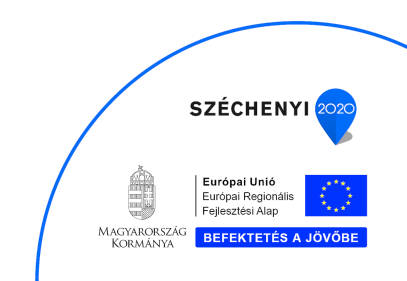Basics of traffic informatics
The role of traffic is to ensure the transport of individuals and freight, so it has a key role in our daily living. In order to ensure solid basis of personal mobility and trade it has to be fast, cost effective, efficient and safe at the same time.
Traffic’s main task is to ensure movement of individuals and freight therefore it plays a key role in our daily life. In order to provide solid basis for personal mobility and trading it has to be fast, cost effective, efficient and safe at the same time.
It is obvious that growing need for efficiency together with development of informatics and related sciences will have an impact on traffic too. Cutting edge knowledge and latest scientific results should be combined in a consistent system and used properly.
The transport informatics is the best tool to reach these goals.
Transport information systems integrate those pieces of information that enable traffic participants to meet challenges arising even in this permanently changing environment.
For optimising activities (operation), organization- decision making- and managing theories are utilized, as well as simulated scenarios.
For enhancing control means, control technology, automation and cybernetics can be utilized.
For improving information collection, information theory, information technology and pan-informatics can be utilized.
Risk-minimized integrated solutions can be achieved by utilizing disciplines of system level knowledge such as system theory and system technology.
To optimise control: control engineering, automation and cybernetic knowledge is used.
We can say therefore that the subject of transport informatics is the information itself, the method is analysis, design, operation and development of information collecting systems, the scope covers the whole traffic information system, and the tool is the computer and communication technology. The objective is to create systems that cover the whole transportation flow and allow a more effective coordination between these systems. This way, it can provide all the information needed to operate and manage traffic.
Various information systems are used for different transport means (air, water, passenger- and freight rail transport, as well as personal and public road transport). For example, these systems support routing of public transport vehicles, provide drivers with information, make adjustment on traffic flow, meanwhile a more diverse range of functions are foreseen in railway transport systems as they show relatively closed but more complex nature. From rail companies point of view the transport information system makes passenger and freight transport faster, more economical, more efficient and safer. It also supports management to make right decisions, enhances the quality of freight transport services, allows service providers to give their partners more reliable information, and, not least, it makes possible optimal, advanced, cost efficient tracking of available resources.
A few examples for information systems used in traffic management:
- timetable information system
- ticketing machine system
- consignment management system
- on-board passenger information system
- navigation system for individual use
- traffic control system
- vehicle tracking system based on physical localization



